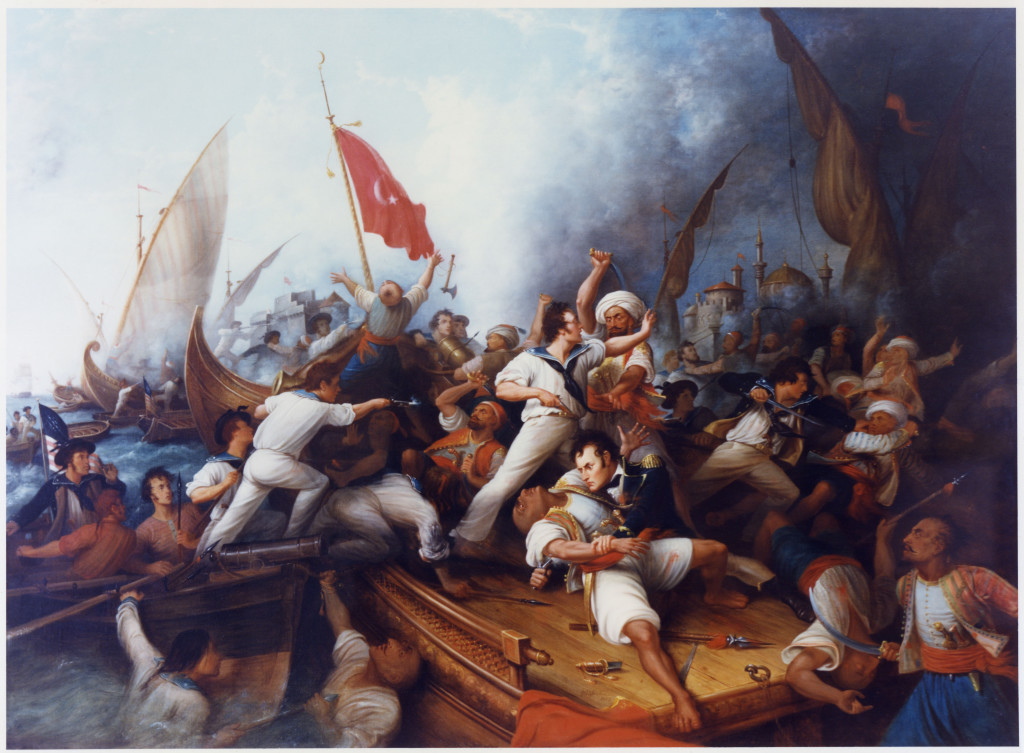…Fanon died of double pneumonia on December 6, 1961, six months before the liberation of Algeria. He was thirty-six years old. His body was flown back to Tunis with Ollie Iselin, the CIA operative, who attended his funeral. He was laid to rest near the border town of Ghardimaou. A detachment of helmeted FLN soldiers carried his coffin into a forested section of Algeria that was under nationalist control.

—Stokely Carmichael:The philosophers Camus and Sartre raise the question of whether or not a man can condemn himself. The black existentialist philosopher who is pragmatic, Frantz Fanon, answered the question. He said that man could not. Camus and Sartre don’t answer the question. We in SNCC tend to agree with Fanon–a man cannot condemn himself. If he did, he would then have to inflict punishment upon himself. An example is the Nazis. Any of the Nazi prisoners who, after he was caught and incarcerated, admitted that he committed crimes, that he killed all the many people he killed, had to commit suicide. The only ones able to stay alive were the ones who never admitted that they committed a crime against people–that is, the ones who rationalized that Jews were not human beings and deserved to be killed, or that they were only following orders….Read More:http://www.edchange.org/multicultural/speeches/stokely_carmichael_blackpower.html
Fanon was buried on the edge of Algeria. In a sense, he had always lived on the edge. He could not be French because of his color, so he became Algerian. However, he could not be Algerian, so the default position was to become a prophet of the third world. An urban, intellectual cosmopolitan preaching popular insurrection among the peasant class in a wash of glory, a kind of Marxist messianic shin-dig of nihilistic violence, the act ofcleansing through death and wanton slaughter. No targeted assassination or smart technology killing to limit the collateral damage; with Fanon it was to be the full Monty, a storming of he Bastille and 24/7 guillotine with a fire sale of shrunken white heads. Ultimately, the third world ignored his books, perhaps realizing that the bourgeois class is more enduring and perhaps more useful than the theorists like Fanon understood. But his prophecy still has edge and is part and parcel of the terrorist toolbox and part of the enigma of chaos theory cobbled together that legitimizes state sanctioned violence and social control. Maybe, using the theory of Slavoj Zizek, Fanon is the flip side of the ultra-bourgeois elitist, a negative print himself of the colonialist…
ADDENDUM:
(see link at end)…Having acted as prosecutor, judge, and executioner, the officer is moved to self-punishment in an attempt to validate the logic of justice to the disbelieving but agonizingly passive European traveler-narrator. In the process, the worn-out torture apparatus breaks down and mangles the officer to death.
The setting of the story in the tropics of the French empire has evoked Devil’s Island, where Captain Alfred Dreyfus was incarcerated following
the infamous anti-Semitic travesty of justice. The African facial features of the condemned military servant also suggest that Kafka was thinking of colonial violence, both physical and discursive. As the officer relays the case—“simple like all of them”—the condemned was accused of dereliction of duty. Moreover, the prisoner displayed cannibalist instincts—or what Frantz Fanon has identified as the classic French racist stereotype of black bestiality—as he threatens his colonial master: “Throw away that whip or I’ll eat you up.”
This dual evocation of anti-Semitic and colonialist injustice is also present in “A Report to an Academy,” the animal story that Buber picked for
publication along with “Jackals and Arabs.” Here the narrator of the report, a chimpanzee who is captured on the Gold Coast, is invited by Hamburg’s liberal scientific establishment to give a public lecture on his former life. Instead of providing the expected ethnographic account of his life back in Africa, he reports, sardonically, on the brutality of captivity and the dehumanizing process of becoming like humans. The ape turns survival strategies into great stage performances of imitation, reaching such levels of perfection that his trainers suffered mental breakdowns. The ape takes no joy from his growing fame as he realizes that he belongs neither in imperial Germany nor anymore in his Gold Coast home. This postcolonial reading of the ape’s fate is supported by Kafka’s diary entry…Read More:http://criticalinquiry.uchicago.edu/uploads/pdf/Hanssen_KafkaArabs1.pdf





 COMMENTS
COMMENTS